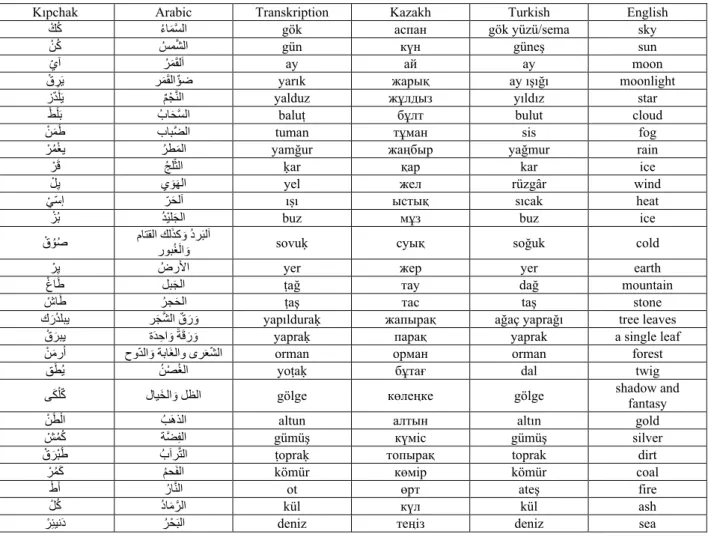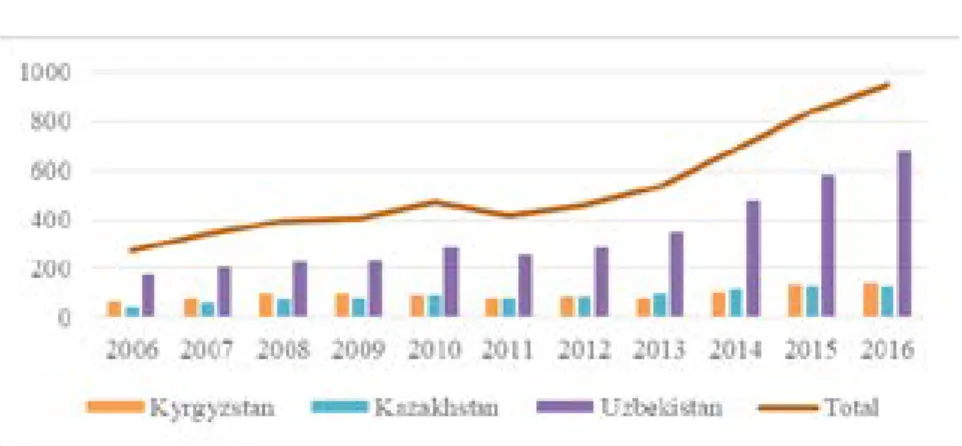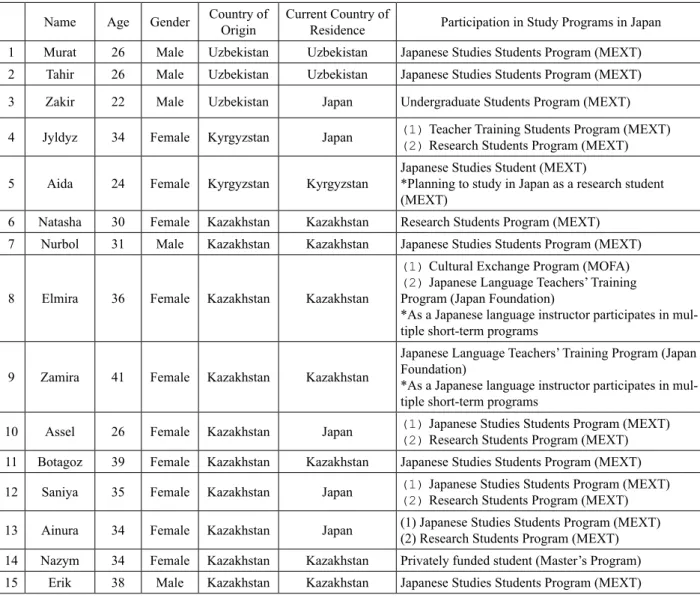Examining various researches, we find that most studies have only dealt with the formative and syntactic aspects of the language from Farabi's point of view. In Farabi's opinion, the approach to the temporality of language is the first stage of his implications, but the contemplation of the temporality of language constitutes the foundation of his thinking. Farabi's study of language synchronicity is a philosophical study of language as a new understanding of the nature of language in his thought.
The foundation of the philosophical perspective on language is based on the study of linguistic evolution. In the historical study of language, Farabi points out that the beginning of the appearance of language goes back to its gestures. Farabi's interpretation in this regard is that: when he needs to understand his intentions for others, he first uses signs to show his requests. Farabi's philosophical understanding and interpretation of language have no background in the Greek tradition, nor has any thinker before him considered the importance of linguistic inquiry.
In the book Al-Huruf, Farabi does not want to create a syntactic work, but wants to explain the foundations of thinking and the process of the emergence of philosophy in the light of explaining the origin of language and its development. From the Qur'an to Philosophy, the Arabic Language and the Formation of a Philosophical Dictionary for Al-Farabi (V. As›ad, trans.): Lanfad, Jack.
ШЫҒЫС ДЕРЕКТАНУЫ
ORIENTAL SOURCE STUDIES
ВОСТОЧНОЕ ИСТОЧНИКОВЕДЕНИЕ
The written heritage of the Kipchak language includes historical, literary and linguistic monuments written in the Mamluk-Kipchak language with Arabic graphics, and the latter includes Turkish-Arabic dictionaries and grammatical works. The Lexical Fund of the Mamluk-Kipchak language (based on the 14th century manuscript. "Kitab Bulgat al-Mushtaq"). The written heritage of the Kipchak language includes historical, literary and linguistic monuments written in the Mamluk-Kipchak language using Arabic script.
One can find a large amount of valuable lexical material related to the Kipchak culture and language of the times of the Mamluk rule in such monuments, written in the Mamluk-Kipchak language. Written monuments in the Mamluk-Kipchak language are of great importance in the study of the formation and historical development of modern Turkic languages, in the solution of ethnic problems of some peoples. Batyrshauly also tells about the linguistic connections of the Mamluk sultans and Deshti – Kipchak khans.
Analysis of the words from "Kitab bulgat al-mushtaq wa fi lugat at-turk wa al-kifjaq". The written monuments of the Kipchak language are works written in the Mamluk-Kipchak language using the Arabic script. Turkic-Kipchak literature under the rule of the Mamluks (development, literary representatives, size of the poem).
Historical relations between the Deshti-Kipchak state and the Mamluk state of Egypt in the XIII-XV centuries.

АЗИЯ МЕН АФРИКА ЕЛДЕРІНІҢ САЯСАТЫ ЖӘНЕ ХАЛЫҚАРАЛЫҚ ҚАТЫНАСТАРЫ
POLITICS AND INTERNATIONAL RELATIONS OF THE COUNTRIES OF ASIA AND AFRICA
ПОЛИТИКА И МЕЖДУНАРОДНЫЕ ОТНОШЕНИЯ СТРАН АЗИИ И АФРИКИ
S. Turar
This paper examines the main features of social change that create conflict between traditionalists and modernists in India and Pakistan. It also highlights the impact of the transformation on various sections of Indian and Pakistani society and the level of social stability over time. Not all parts of society change equally, some sections remain static and others shift sideways.
However, the sectarian, ethnic, religious and cultural groups of society and their political and economic interests have caused challenges to this unity. The separation of the Eastern wing and the role of other socio-political and economic crises can be recognized as disturbing factors for the stability of the state. The policies of the Indian nation-state and its constitution revolve around making India a modern nation.
The gradual changes in government from elected to military rule, dictator-type politics, corruption, economic schemes and foreign gratitude affect the social traditional structure and moral orders of the people. These elements work to change the ideologies of the people and slowly the society moves towards modernity and materialism through modification i.e. the race or confrontation between traditionalism and modernism is beneficial as well as harmful to the society as unnecessary progress creates some challenges for the survival of the people.
Economic historians agree that the rise of the West from poverty to prosperity was based on the development of trade, commerce and modernity. In urban societies, the interests, moral orders and relationships of people/communities change rapidly. The inter-structural autonomy of social components in traditional Indian society has profoundly influenced the nature and direction of social change.
These classes took advantage of the opportunities available in the early stages of colonial transformation. A strategy was developed not only for political independence, but for the social, economic and cultural modernization of society. However, the suppression of traditionalists and their rights in the name of modernity, security, unity and integrity can have adverse effects on society.
ШЫҒЫС ЕЛДЕРІ ТАРИХЫ
HISTORY OF THE COUNTRIES OF THE EAST
ИСТОРИЯ СТРАН ВОСТОКА
Keywords: Korean diaspora in the United States, Korean American, diaspora, ethnic identity, diasporic identity. This paper explores the impact of globalization on the career development of students from Central Asian countries majoring in Japanese studies and the position of Japan in the process of their career decision-making. According to Nurgaliev and Shaymergenov (2007), Japan's relatively insignificant participation in the affairs of Central Asian countries is due to its geographical distance, the absence of security interests and low involvement in the regional security processes, cultural remoteness and the low prevalence of the Japanese language in the Central Asian region.
The purpose and objectives of the study The purpose of this article is to focus on the career development of students from Central Asian countries and the position of Japan in the process of their career decisions. In recent years, Japan has played an important role in the world in terms of soft power. As Yonezawa (2008) notes, the United States is the leading global power in higher education, not only because of its hard and soft power, but also because of the prevalence of the English language and the high quality of educational programs.
To compare Japan's soft power with that of the United States, we asked all participants about their views on American education, English language education, and the decision-making process they went through when choosing their college major. Only two participants talked about having an interest in studying in English and education in the United States. Moreover, for those interested in studying in the United States, the primary reason for such interest stems from the soft power of "America" rather than the attractiveness of the American education system or the quality of education. For example, Asselaimed to study international relations as his major at university in order to continue his education and career in the United States.
Explaining the reasons she was interested in studying in the United States, Assel said, "It's because it's the United States," referring to the country's political, economic and cultural strength. According to Aida, her classmates dreamed of studying in the United States, so she felt that she was also interested in studying there. Eventually, she was selected for a one-year high school exchange program in the United States, but was unable to study there due to the American host family's circumstances.
In contrast, some participants were interested in the Japanese language since they were in junior high school, so they decided to continue their studies by majoring in Japanese. Regarding the English language and studies in the United States, Zamira pointed out that she studied French as a foreign language in high school. As she pointed out, she didn't even have a thought to study in the US.
Therefore, few scholars have specialized knowledge in Japanese studies, and most lecturers teach their subjects based on Russian-language publications about Japan. In particular, in the case of Kazakhstan and Kyrgyzstan, there were many female students in the Japanese language departments, and many of the survey participants were female.

